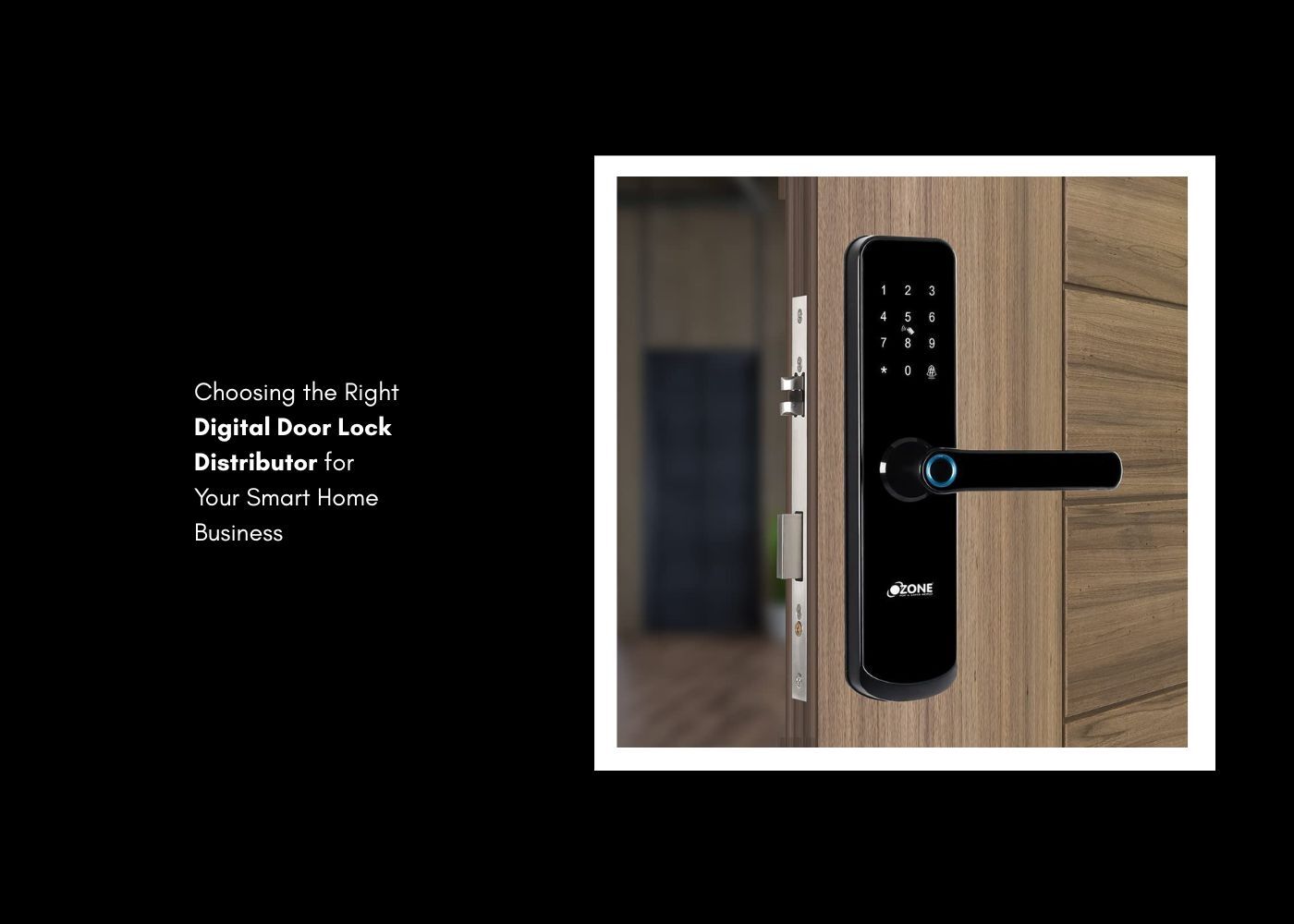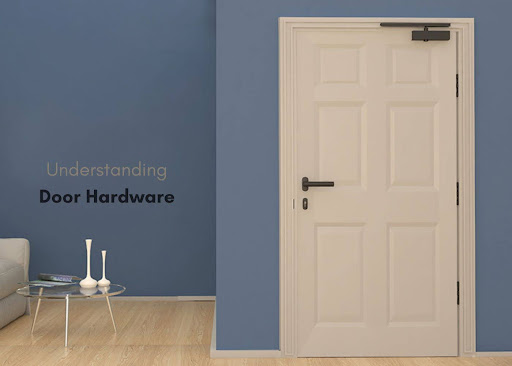Selecting the right locking system is a decision that balances convenience, functionality, and personal preferences.
While traditional locks remain a widely used option, fingerprint locks have introduced a modern, keyless way to manage access. Both systems offer distinct advantages and work differently.
This article focuses on why fingerprint locks might be the preferred choice for those looking to simplify everyday access.
How Traditional Locks Work?
Traditional locking systems rely on physical keys for operation. Deadbolts, padlocks, and cylinder locks are common examples of this mechanism. Affordability and simplicity make them an obvious choice for many households and businesses.
Challenges arise when managing physical keys. Misplacing or losing keys can disrupt access, leading to costly replacements. Unauthorized duplication of keys can also compromise functionality in shared spaces. Lock picking or forced entry remains another vulnerability of traditional locks, which is why some users seek alternatives.
How do Fingerprint Locks Work?
Biometric technology forms the foundation of fingerprint locks. Each fingerprint is unique, allowing the system to authenticate users by identifying their biometric data. After scanning and registering fingerprints, the lock matches them to its database to provide access.
Carrying keys becomes unnecessary with a fingerprint lock. Backup options such as PIN codes or mechanical keys are often included, ensuring access remains possible in case of technical issues or power outages. Shared spaces, such as homes or offices, greatly benefit from the ability to register multiple fingerprints instead of needing duplicate keys for different users
Ozone’s fingerprint locks are designed with practicality in mind, blending aesthetics with dependable technology. Visit the Experience Centre to explore these innovative solutions.
A Comparison Between Fingerprint Locks and Traditional Locks
The differences between fingerprint locks and traditional locks highlight how they address access control in unique ways.
- Managing physical keys is a requirement for traditional locks. Fingerprint locks eliminate this entirely, allowing keyless, fingerprint access.
- Unlocking doors with fingerprint locks takes seconds, providing a faster alternative to searching for keys and using traditional locks.
- Maintenance for traditional locks is minimal, whereas fingerprint locks require occasional scanner cleaning and battery monitoring.
- Additional features like tamper alerts and access history are standard in many fingerprint locks. Traditional locks lack such advanced functionalities.
Convenience of Fingerprint Locks
Simplifying access management is one of the biggest advantages of using fingerprint locks. Lost or misplaced keys are no longer a concern, and there is no need to distribute physical keys to multiple users.
Accessing a locked door becomes as simple as placing a finger on the scanner. Shared spaces, like offices or homes, benefit significantly from fingerprint locks by allowing quick and secure access for everyone without the hassle of managing several keys.
Ozone’s fingerprint locks are designed to fit seamlessly into your daily life. Contact us at customercare@ozone.in or visit the Experience Centre to learn more about how they can simplify access to your space.
Key Features: Fingerprint Locks vs Traditional Locks
Traditional locks use physical mechanisms to secure doors, which are effective but come with limitations. Key duplication and lock picking remain common risks.
Fingerprint locks rely on biometric authentication, ensuring access is granted only to registered users. Unique fingerprints cannot be duplicated, addressing concerns about unauthorized entry. Many modern fingerprint locks also include features like tamper alerts, encrypted data storage, and access history, offering a more advanced way to manage access.
Choosing Fingerprint Locks for Modern Spaces
Modern spaces require solutions that are both functional and convenient. Fingerprint locks provide a keyless alternative that simplifies access management significantly. Unlocking doors becomes faster, and managing multiple users is easier.
Backup features such as PIN codes or emergency keys ensure that the lock remains functional even during technical issues.
Traditional locks, while effective, lack the advanced features provided by fingerprint locks. Those seeking a modern and practical solution for their spaces find fingerprint locks to be a worthwhile upgrade.
Factors to Consider Before Choosing
- Fingerprint locks remove the need for physical keys, offering a more convenient solution for daily access.
- Traditional locks are less expensive initially but may require replacing if keys are lost or duplicated.
- Maintenance for fingerprint locks involves cleaning the scanner with a soft dry cloth and monitoring battery levels, while traditional locks require minimal upkeep.
- Advanced features like tamper alerts and access history make fingerprint locks a smarter choice for shared or high-traffic spaces.
Why Ozone is the Right Choice?
Ozone has spent over 25 years crafting innovative architectural hardware. The fingerprint locks in our portfolio combine elegant design with cutting-edge technology.
Each lock undergoes meticulous testing to meet global quality standards, ensuring reliability and ease of use for years to come. Whether upgrading your home or modernizing your workspace, Ozone’s solutions are thoughtfully designed to simplify everyday life.
For more information, contact us at customercare@ozone.in or visit the Experience Centre.
Conclusion
Locking solutions have come a long way, and fingerprint locks have changed how access is managed. Traditional locks remain a viable option for simple and cost-effective solutions, but fingerprint locks bring keyless convenience and advanced features to the forefront.
For those looking to simplify daily routines and enhance user accessibility, fingerprint locks are an excellent choice. Ozone’s range of fingerprint locks provides the perfect balance of functionality and design. Contact us or visit the Experience Centre to explore how these solutions can enhance your space.
Frequently Asked Questions about Fingerprint Locks
Install the lock, access the settings, and follow the prompts to register and enable fingerprints for access.
The fingerprint option is typically found under “User Management” or “Access Settings” in the lock’s menu.
Clean the scanner gently with a soft, dry cloth. Ensure your finger is clean and dry before trying again, or use a backup PIN code or key.
Fingerprint locks can be used on residential doors and office spaces. Ozone offers products with fingerprint access mechanisms for safes and lockers.
Yes, fingerprint locks can register multiple fingerprints, making them ideal for shared spaces like offices or homes









Electronic Safes